Are You Ready
How to Prepare Your Home and Family for Emergencies
Well, we survived 2020, and Bugout Bags weren’t actually necessary – even though they were all the rage. Amid a global pandemic, social unrest, the most volatile political environment seen here in a century or more – and let’s not forget the completely unnecessary toilet paper shortage – we Americans certainly learned that we need to be ready for anything.
But are you and your family really prepared? What happens if worse comes to worst? Do you have what you need? Does everyone know what to do?
While you might not want to become a full-scale disaster prepper, it’s still a good idea to have a Home Emergency Kit and an Emergency Plan. Let’s look first at the Emergency Plan for your household.
The Emergency Plan
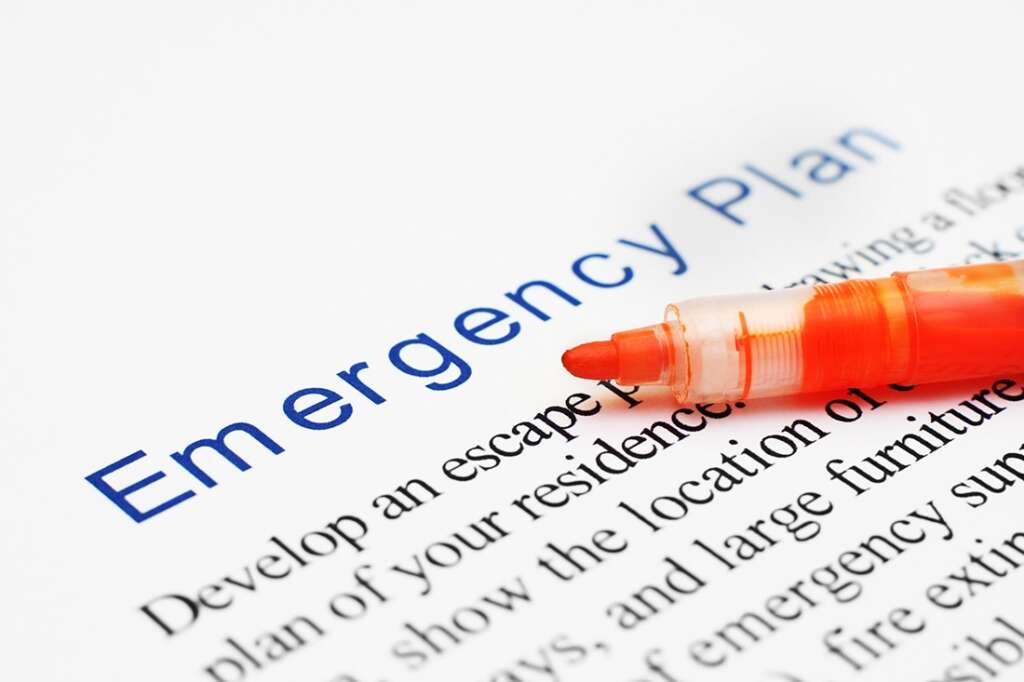
As you put together your plan, it’s important to consider and plan for the needs of everyone that is part of your household. For instance, you should discuss who has what roles and responsibilities and how everyone can help with communication, childcare, pet care, business, or other needs like operating medical equipment. Specifically, consider and discuss:
- How to prepare and respond to the types of emergencies that are most likely to happen where you live, learn, work and play.
- Assign responsibilities for each member of your household and determine how you will work together as a team.
- Practice, practice, practice! Acting out your plan with your family to make sure everyone knows their roles and responsibilities is very important. This will also help everyone remain calm in the event of an actual emergency, secure in the knowledge that they know what to do.
Some specific factors to keep in mind as you work through these items:
- Different ages of everyone in the household
- Responsibilities for assisting others
- Locations frequented
- Dietary needs
- Medical needs including equipment and prescriptions
- Disabilities or access and functional needs including equipment and devices
- Languages spoken
- Cultural and religious considerations
- Pets or service animals
- Households with school-aged children
Download and fill out your actual emergency plan or use it as a guide to complete your own. Additional preparedness materials are also available on the ready.gov website.
These resources are available in English and other languages.
The Emergency Kit
As you put together your kit, keep in mind, you should plan for both cases in which you’ll be stuck at home for an extended period of time (hello, COVID?), as well as scenarios in which you’re forced to evacuate your home (wildfires, anyone?) After the debacle that was 2020, even the CDC has updated its recommendations for items to have on hand in case of emergency.
The Red Cross recommends these essential items for your basic emergency supply kit:
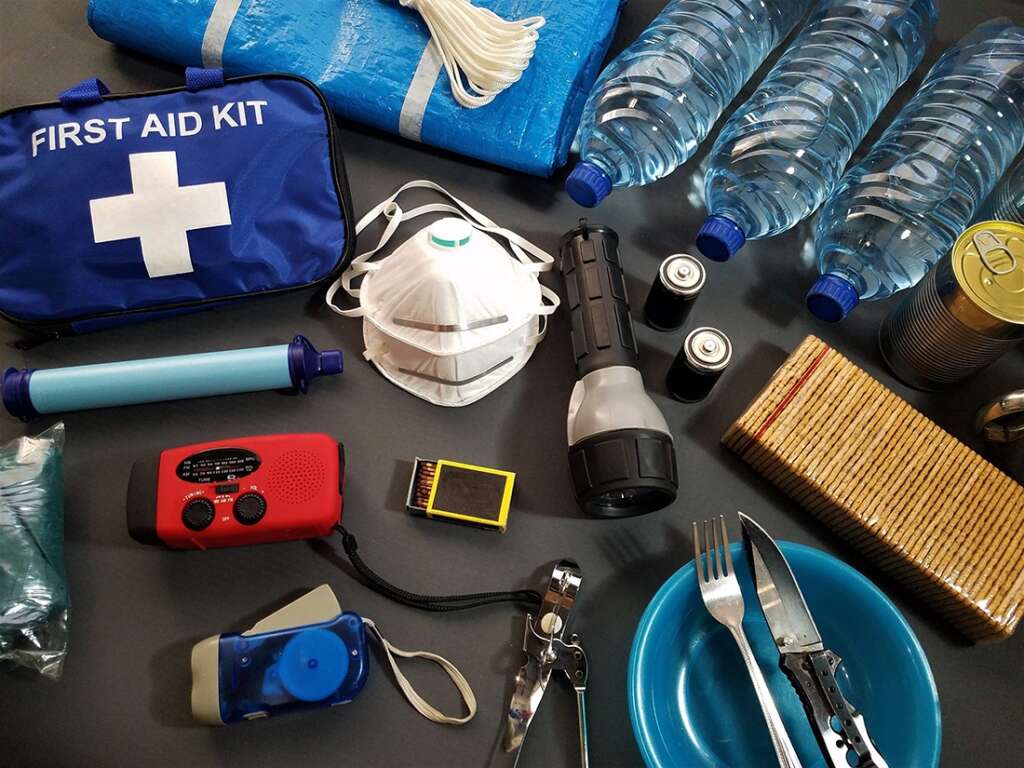
- Drinking water: one gallon per person, per day. You should have a 2-week supply at home and a 3-day supply for evacuation. Don’t forget extra for your pets.
- Food: non-perishable, easy-to-prepare items. Again, a 2-week supply for home, and a 3-day supply to take with you in case of evacuation.
- Flashlight(s)
- Battery-powered or hand-crank radio. An NOAA Weather Radio is the best idea.
- Extra batteries for all items that need them
- A deluxe family first aid kit. And, whenever you use your first aid kit at home, make sure you replenish the supplies.
- Medications and medical supplies needed by each person in the family. Plan on at least a 7-day supply.
- A multi-purpose tool
- Sanitation and personal and feminine hygiene items
- Copies of personal documents, including medication lists and pertinent medical information, as well as
- proof of address
- the deed or lease to your home
- passports
- birth certificates
- insurance policies.
- Cell phones and CHARGERS! Keep your extra battery packs charged and on hand.
- Family and emergency contact information
- Extra cash
- Emergency blanket(s)
- Map(s) of the area

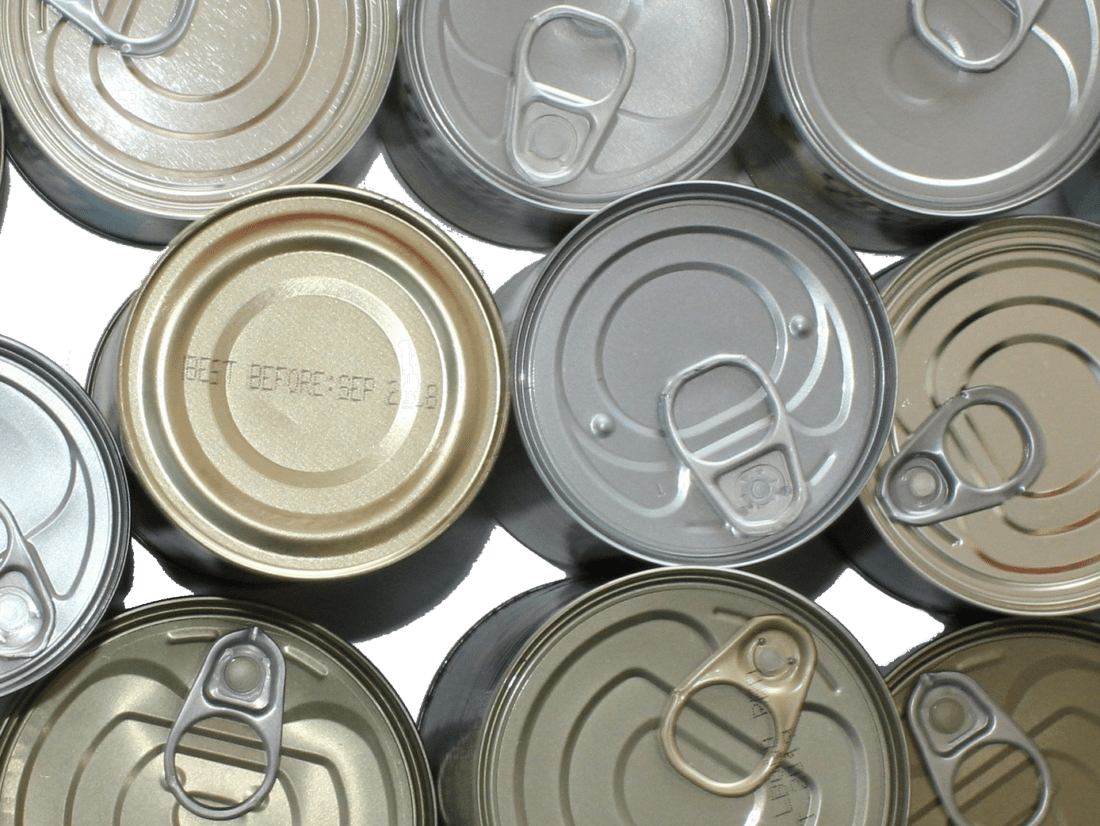


Additional, specific items to consider adding to your disaster readiness kit for the needs of individual family members:
- Medical Supplies (hearing aids, extra batteries, glasses, contact lenses, syringes, etc.)
- N95 or surgical masks for everyone ages 2 and up
- Soap, hand sanitizer, sanitizing wipes
- Baby supplies (bottles, baby food, formula, diapers)
- Games and activities for children
- Pet supplies (collar, leash, ID, food, carrier, bowl)
- Two-way radios
- Extra set of house and car keys
- Manual can opener
- Non-prescription medications like pain relievers, anti-diarrhea medication, antacids or laxatives, supplements, etc.

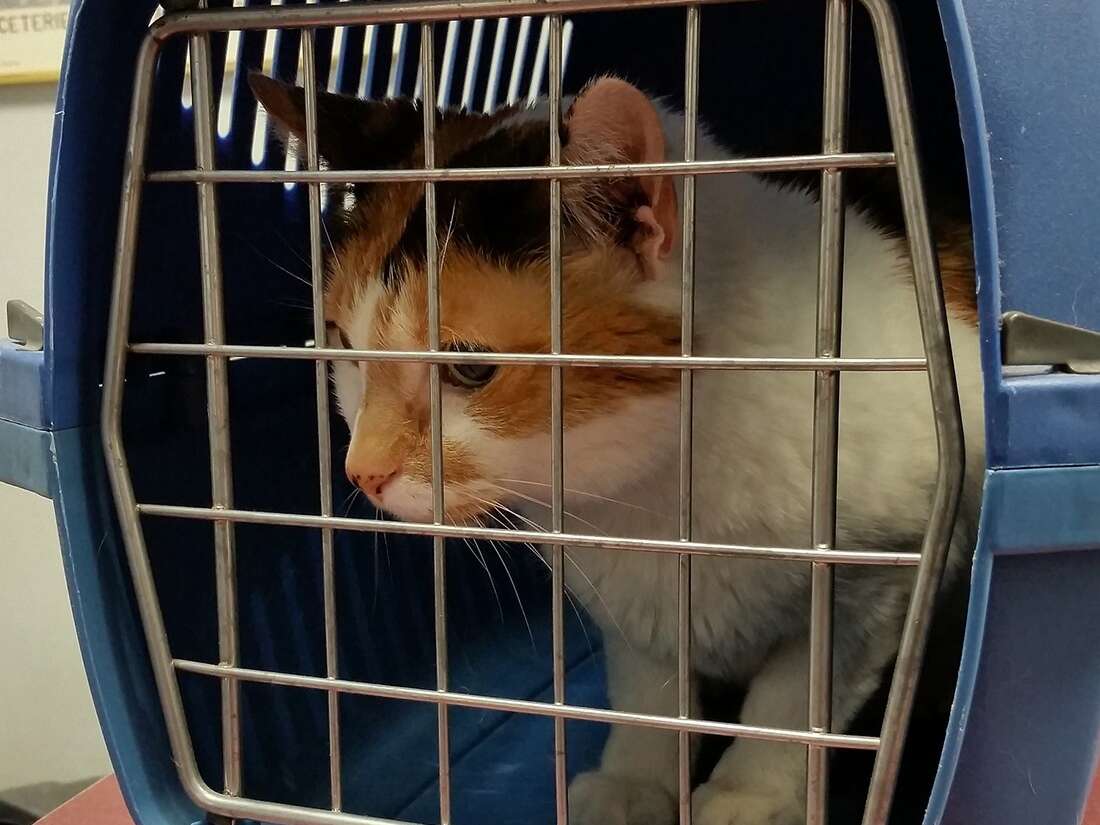
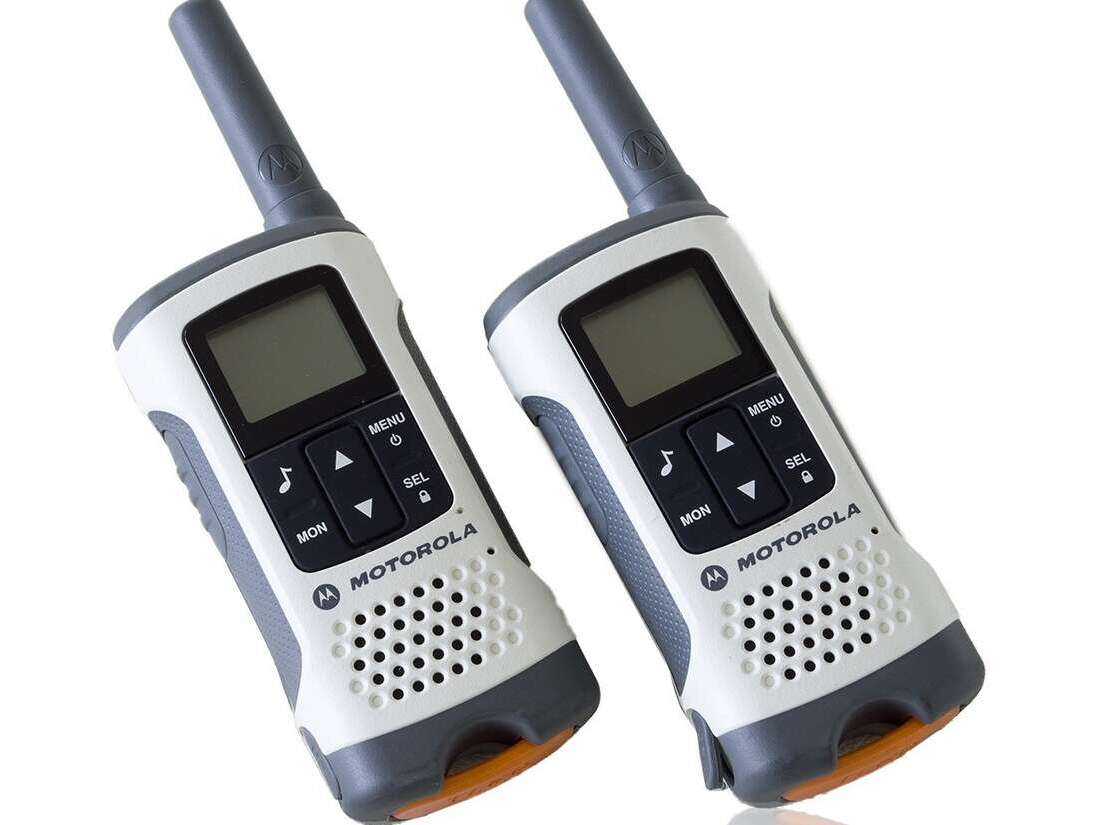
Items to consider for emergency preparedness based on the types of disasters in your area:
- Whistle
- Matches – make sure these stay dry!
- Rain gear
- Towels, moist towelettes, garbage bags, and plastic ties (for personal sanitation)
- Work gloves
- Tools/supplies for securing your home
- Extra clothing, hats, and sturdy shoes or boots
- Plastic sheeting
- Duct tape
- Scissors
- Liquid household bleach
- Entertainment items – books, games, puzzles, etc.
- Blankets or sleeping bags for each person
- Mess kits: paper plates and cups, paper towels, and utensils

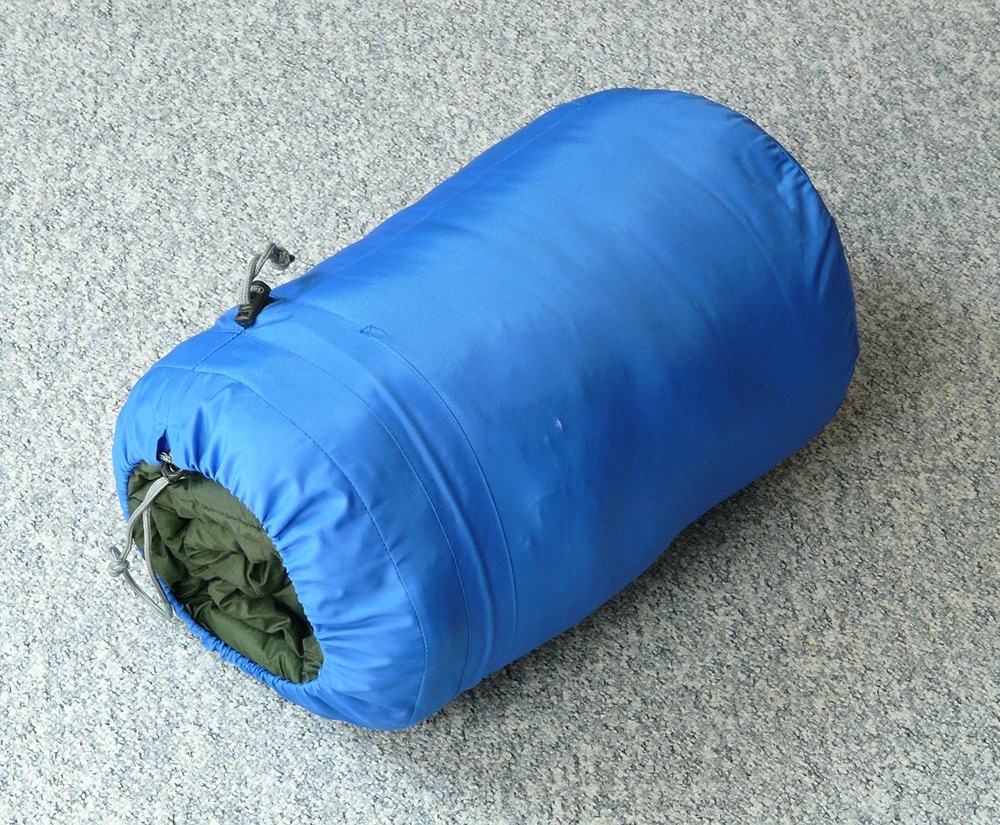

FEMA also offers a downloadable disaster checklist to help guide you in gathering the items you will need.
Once you have everything together, you’ll want to seal your items in airtight plastic bags. Put your entire kit in one or two easy-to-carry containers like totes, duffel bags, or backpacks. Keep them in an easily accessible place where they can be reached quickly.
Going through these steps will help ensure that your family has what they need when a crisis arises. And you’ll sleep better, knowing you’ve done everything you can to keep your home and family safe.

